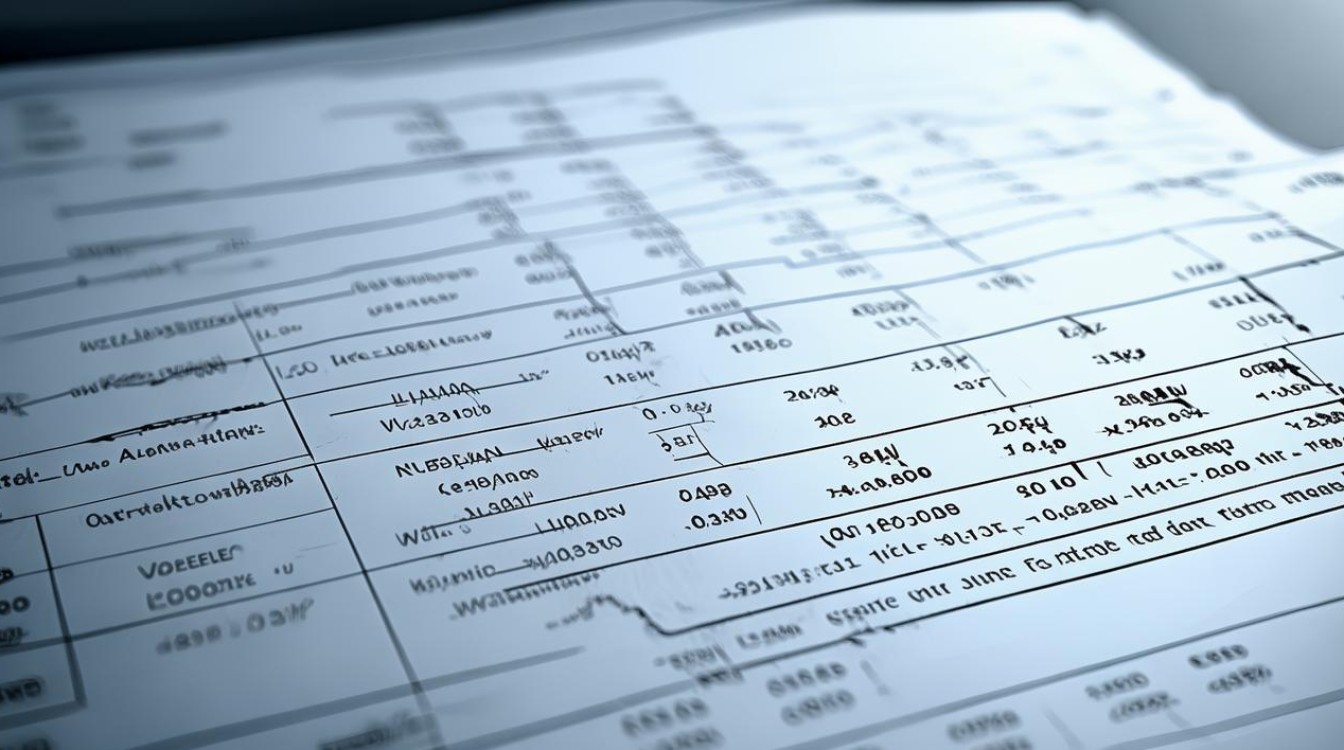Yield rates are a fundamental concept in finance, investment, and economics. Whether you're an investor analyzing returns, a business owner assessing profitability, or a student learning financial terms, knowing the correct English vocabulary for yield rates is essential. This article explores key terms, their meanings, and how they apply in different financial contexts.

Key English Terms for Yield Rates
Yield
The most basic term, yield, refers to the earnings generated by an investment over a specific period, usually expressed as a percentage. It can apply to bonds, stocks, real estate, and other assets.
- Example: The bond has an annual yield of 5% means the investment returns 5% per year.
Dividend Yield
Commonly used in stock investing, dividend yield measures the annual dividend payment relative to the stock price.
- Formula: (Annual Dividends per Share / Stock Price per Share) × 100%
- Example: If a stock pays $2 in dividends annually and trades at $40, its dividend yield is 5%.
Current Yield
This term is often associated with bonds and represents the annual interest payment divided by the bond’s current market price.
- Formula: (Annual Interest Payment / Current Market Price) × 100%
- Example: A bond paying $50 annually and priced at $1,000 has a current yield of 5%.
Yield to Maturity (YTM)
A more comprehensive measure for bonds, YTM calculates the total return if the bond is held until maturity, including interest payments and capital gains or losses.
- Example: A bond purchased at a discount will have a higher YTM than its current yield due to the price appreciation at maturity.
Earnings Yield
The inverse of the price-to-earnings (P/E) ratio, earnings yield shows how much a company earns relative to its stock price.
- Formula: (Earnings per Share / Stock Price) × 100%
- Example: A stock with EPS of $4 and a price of $80 has an earnings yield of 5%.
Real Yield
This adjusts nominal yield for inflation, providing a clearer picture of actual purchasing power.

- Formula: Nominal Yield − Inflation Rate
- Example: If a bond yields 6% and inflation is 2%, the real yield is 4%.
Tax-Equivalent Yield
Used for tax-exempt investments like municipal bonds, this calculates the yield a taxable investment would need to match the after-tax return of a tax-free investment.
- Formula: Tax-Free Yield / (1 − Tax Rate)
- Example: A 4% municipal bond for someone in a 25% tax bracket has a tax-equivalent yield of 5.33%.
SEC Yield
A standardized measure for mutual funds, SEC yield reflects the income generated after expenses over a 30-day period.
- Example: A mutual fund with an SEC yield of 3% means investors earn 3% annually based on recent performance.
How Yield Rates Are Used in Different Financial Contexts
Investing in Bonds
Bond investors focus on yield to assess fixed-income returns. Key metrics include:
- Coupon Rate – The fixed interest rate paid by the bond.
- Yield to Worst (YTW) – The lowest possible yield if the bond is called or redeemed early.
Stock Market Analysis
Investors compare dividend yields and earnings yields to evaluate stocks. A high dividend yield may indicate value, but sustainability matters.
Real Estate Investments
Rental yield measures income from property investments:
- Gross Rental Yield – Annual rent divided by property price.
- Net Rental Yield – Deducts expenses like maintenance and taxes.
Banking and Savings
Savings accounts and CDs (Certificates of Deposit) offer annual percentage yield (APY), which includes compounding interest.

Common Misconceptions About Yield Rates
-
Higher Yield Always Means Better Investment
While high yields attract investors, they may come with higher risk. Junk bonds, for example, offer high yields due to default risk. -
Yield and Return Are the Same
Yield measures income (like dividends or interest), while return includes capital gains or losses. -
Tax-Exempt Yields Are Always Better
Tax-equivalent yield helps compare taxable and tax-free investments fairly.
Practical Tips for Analyzing Yield Rates
- Compare Similar Investments – A 4% bond yield differs from a 4% stock dividend yield in risk and growth potential.
- Check Historical Trends – Consistently high yields may signal financial trouble (e.g., a company cutting dividends).
- Consider Inflation – Real yield matters for long-term investments.
Understanding these terms empowers investors to make informed decisions. Whether evaluating stocks, bonds, or real estate, yield rates provide critical insights into potential returns.
Financial literacy begins with mastering the language of finance. By familiarizing yourself with these yield-related terms, you can navigate investment opportunities with greater confidence.

